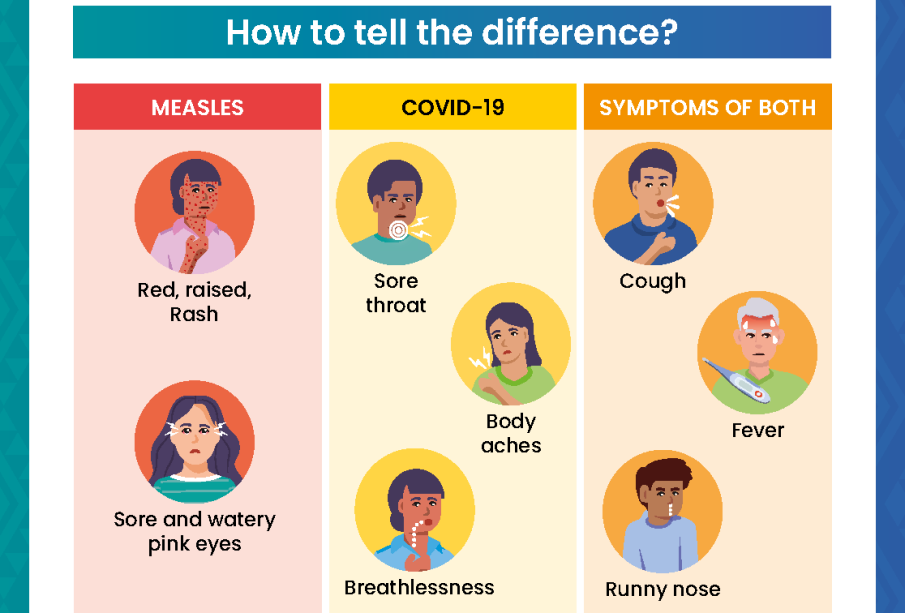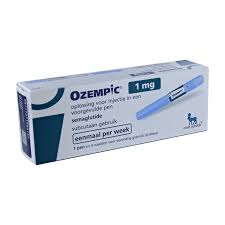The Importance of Recognizing Measles Symptoms

Introduction to Measles Symptoms
Measles is a highly contagious viral disease that can lead to serious health complications. As the world continues to recover from the effects of the COVID-19 pandemic, public health officials are increasingly concerned about the resurgence of preventable diseases like measles. Understanding how to identify measles symptoms is critical for early intervention and prevention, especially amidst widespread misinformation and vaccination hesitancy.
Main Symptoms of Measles
The initial symptoms of measles typically appear 10 to 14 days after exposure to the virus. These symptoms can include:
- High fever: The fever often starts mild but can rise above 104°F (40°C).
- Cough: Patients may develop a dry, hacking cough.
- Runny nose: A clear nasal discharge can be one of the first symptoms.
- Red eyes: Conjunctivitis, or inflamed eyes, often occurs.
- Koplik spots: Tiny white spots may appear inside the mouth, typically one to two days before the rash.
- Rash: A red or brown rash usually appears about 3 to 5 days after the onset of fever, starting on the face and spreading to the rest of the body.
Complications and Importance of Vaccination
Measles can lead to severe complications, especially in young children and immunocompromised individuals. These complications can include pneumonia, encephalitis, and even death. Vaccination remains the most effective way to prevent measles. The measles, mumps, and rubella (MMR) vaccine offers about 97% protection against measles.
Conclusion: Why Awareness Matters
As health authorities worldwide work to curb the incidence of measles, it is crucial for individuals and families to recognize measles symptoms and ensure they are vaccinated. With recent outbreaks in various regions, increased awareness and proactive health measures are essential. Educating the public about the importance of vaccination and the ability to identify symptoms can significantly mitigate the impact of this preventable disease. By staying informed, readers can contribute to the health and safety of their communities.








